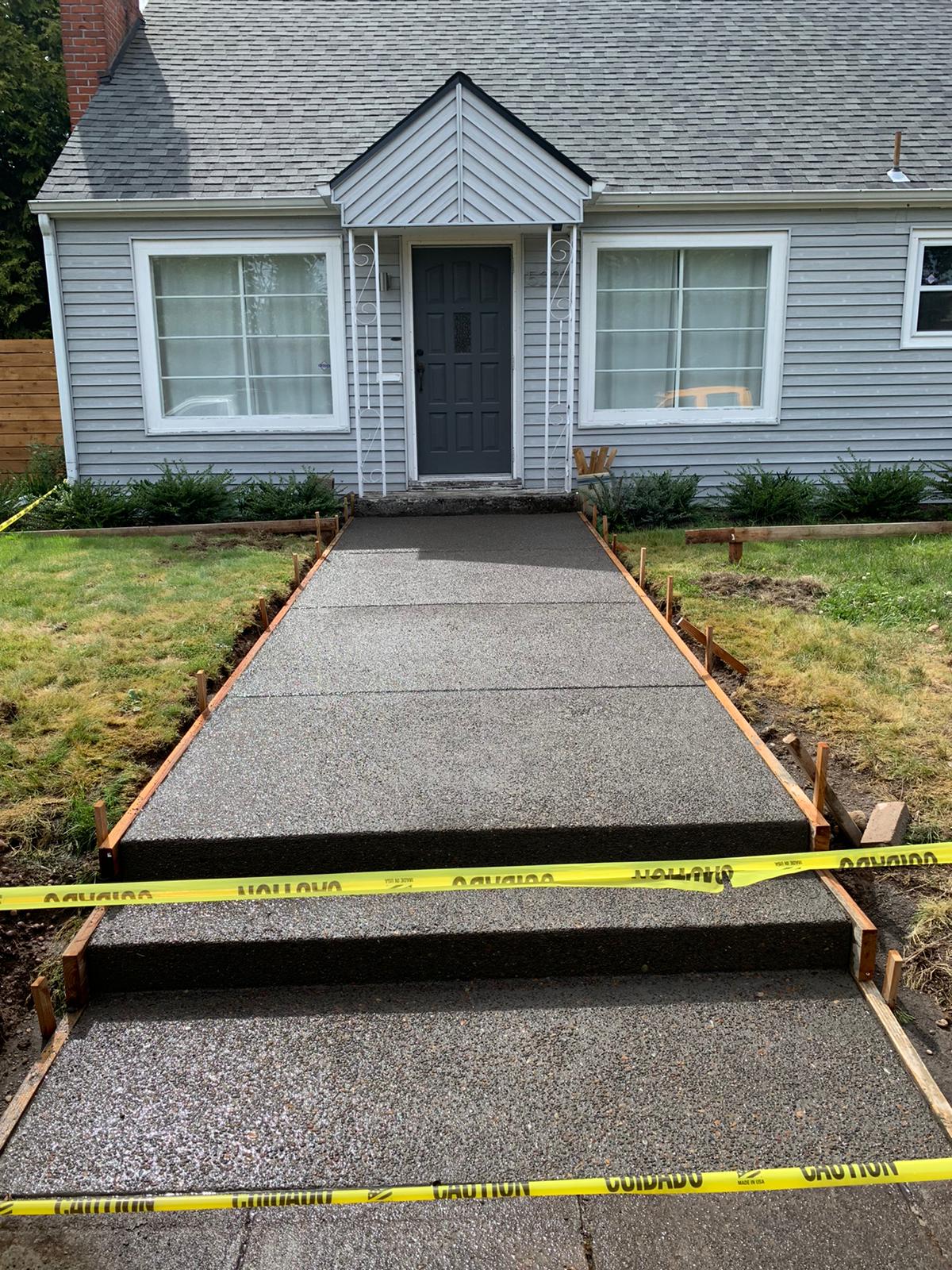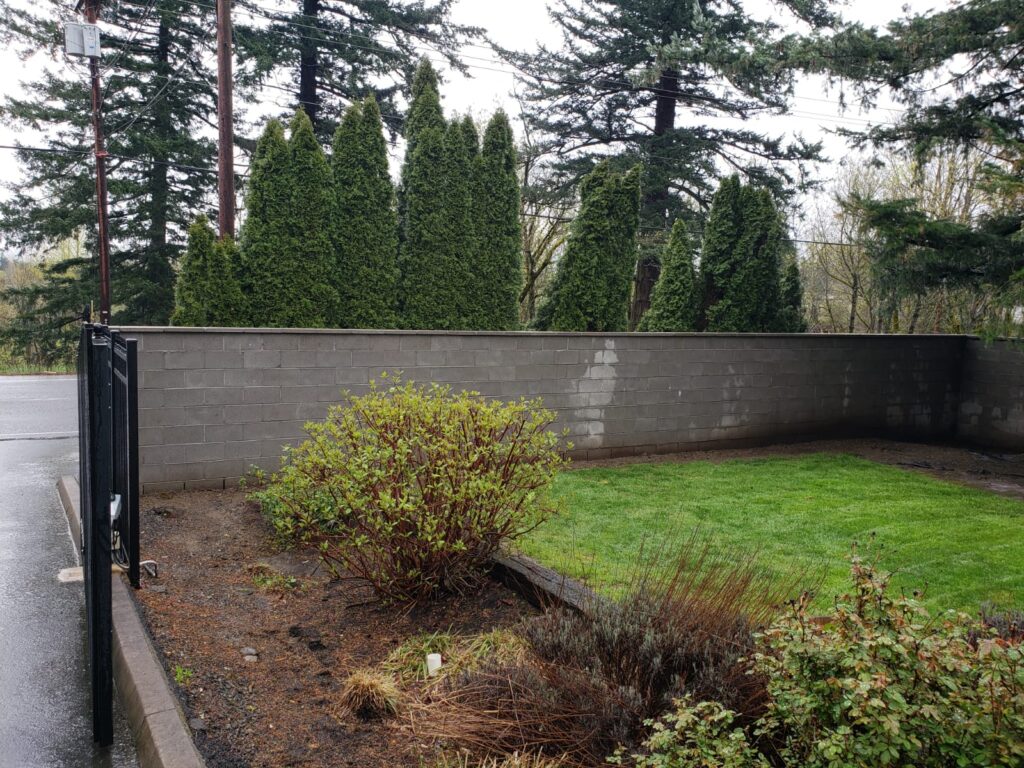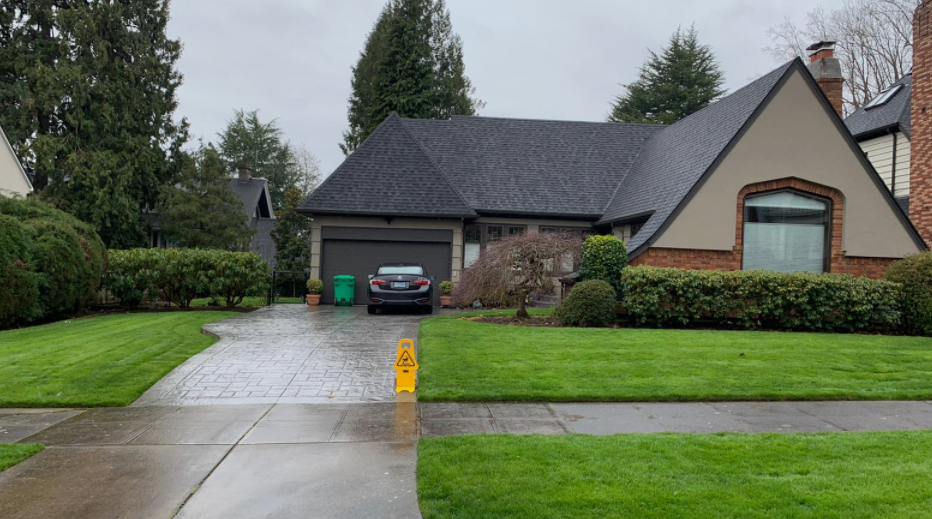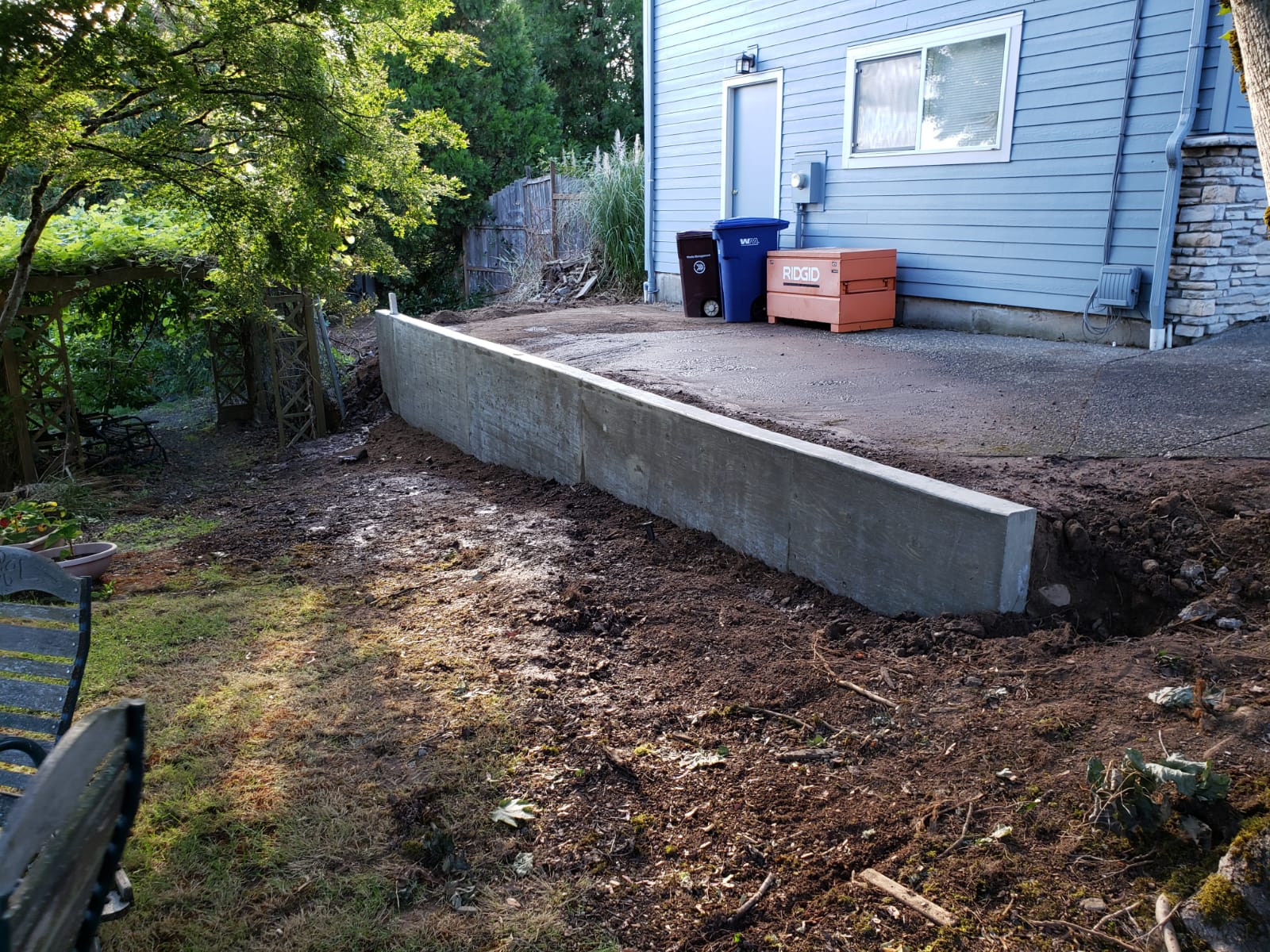Is it time to enhance your curb appeal? Have you thought about a concrete walkway? As you walk around many commercial and residential sites, you can hardly miss a nicely done concrete walkway. What is keeping you from implementing the same for your home? If your biggest hurdle is the technique, we have outlined below a few tips to help you get started. Read on.

How do you build a concrete walkway?
Begin by adopting these fairly simple tips from an experienced concrete contractor:
1. Excavate the walkway path placement
Map out the boundary of the path. You can use strings and poles. Label the boundaries with some paint. Having a clear plot of the path, begin the excavation to remove grass, debris, and other stubborn roots.
After excavation, begin packing down the soil to establish a leveled ground. Then add some base material, such as gravel until a level surface is attained.
You can use a plate compactor for this. A well-drained and solid base is paramount to avoid concrete cracks on your walkway. Typically, the excavation depth should not exceed 8 inches, and the depth of sand poured should only cover half of that.
2. Erect wooden forms
To keep your forms from collapsing or bulging, build them with the right strength. Use thick boards (about 1/2 inch to 1 inch) to build forms for the sides with an exception for curves.
Place stakes outside the path of the walkway at 3-inch intervals. For forms running underground, pack some soil around them. To form curves, use hardboard siding due to its affordability and flexibility. However, additional reinforcement is needed for the concrete bulging.
To build parallel and consistent sides for a curved walkway, build one side first. Remember to cover your hardboard forms from rain to prevent damage.
3. Set the stakes below the form tops
Keep the stakes below the forms to screed with minimal obstructions. Stakes that protrude above the forms hinder the smoothing process of the concrete.
If your forms are too close to the ground, clearing some extra dirt off the pathway of the screed board will smoothen the entire process. Splash the forms slightly with some water before filling in concrete.
4. Pour the concrete
Order pre-mixed concrete or prepare some yourself. If you choose to prepare the concrete yourself, make sure to abide by the manufacturer’s guidelines.
Start pouring the concrete from the lowest point of the walkway to the highest peak. To prevent air pockets from building up against the forms, gently tap the sides of the forms along the entire pathway with a hammer.
When pouring concrete be sensitive about the water to concrete ratio. Excessive water may lead to a weak slab later on.
5. Level and smoothen the concrete surface
Don’t let the concrete get too hard before screeding enough. Do this by sliding back and forth on a small wooden board. The screeding should spread across the top of the forms. Once the leveling is done, proceed to smoothening.
For smoothing, you can use a bull float or hand float that essentially flattens the surface of the wet concrete. That means driving concrete stones further down and bringing on the surface the concrete cream. Remember, floating should be done immediately after screeding to keep the concrete from stiffening.
To produce an extremely flat finish, floating should be done in both directions and at a slight angle.
6. Concrete finishing
To prevent concrete cracking through expansion and contraction, dredge deep control or expansion joints across the walkway. Do this when the concrete is still soft with a groover and straightedge. The control joints should be spaced at 5 feet apart.
Use a stiff broom for the final finish. Pass the broom across the soft concrete to get a non-slip texture and a roughened concrete layering.
Lastly, cure the concrete with a plastic covering. This also aids in concrete moisture preservation. Let the concrete rest for about two to three days before removing the plastic and the wooden forms.
Do you wish to engage a concrete contractor instead?
Do you still doubt your capability to produce excellent walkways despite the enlightening tips? Working with concrete walkway contractors is your next logical step because they always guarantee the highest quality of service.
Involving a professional concrete contractor in your walkway job means gaining access to:
- Professional tools
- The right equipment for the job
- Rich experience
- Vast expertise
- Insured concrete walkway contractors
Seek to work with a concrete contractor that applies innovative solutions to enhance your curb appeal. We are a concrete contractor with more than a decade’s industry experience. We offer multiple design and style walkway options based on the outdoor aesthetics you are seeking.
Our highly experienced and trendy concrete walkway contractors always place the client’s needs first to give you the most affordable design patterns while still maintaining your desired artistic elegance.
Check out our portfolio and give us a call or email us to get a quote for your next walkway project.




